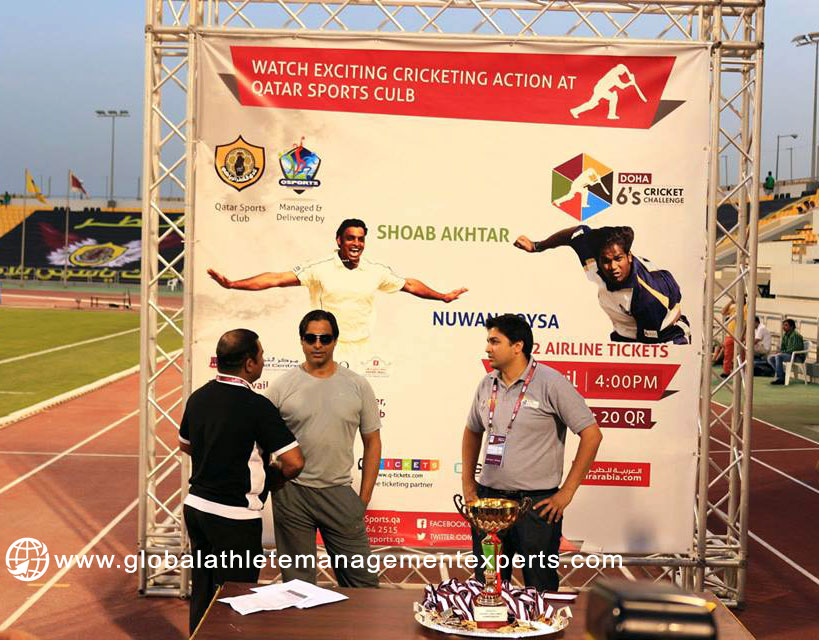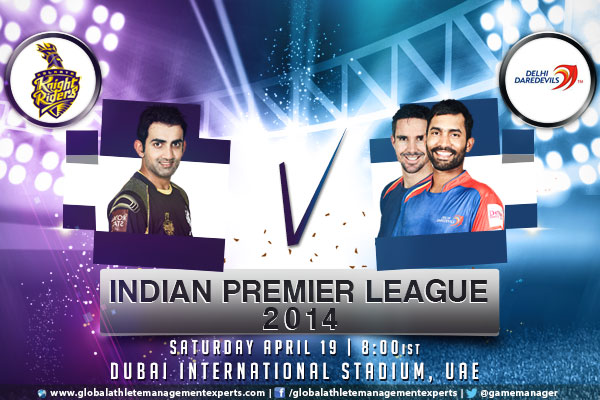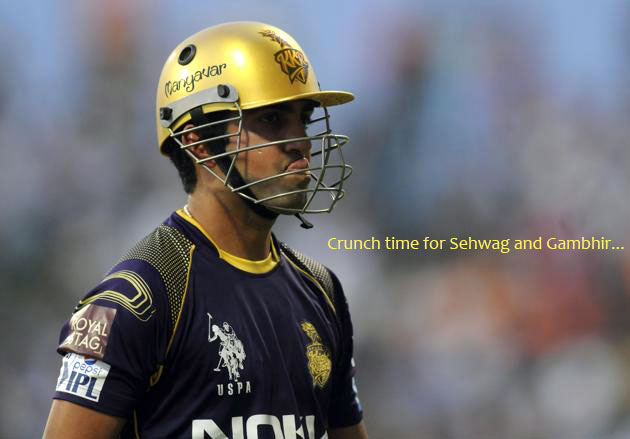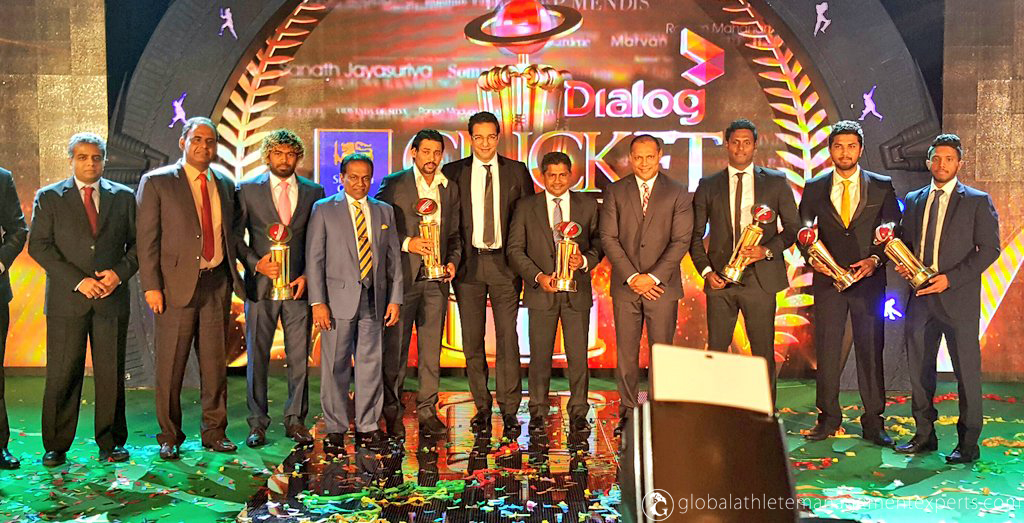
Shoaib Akhtar at the Doha 6’s Challenge in Qatar
April 17, 2014
Kolkata Knight Riders v Delhi Daredevils at Dubai (DSC) – The Preview
April 19, 2014Virender Sehwag and Gautam Gambhir have been top-notch performers for India for several years, but over the last year and a half, things have been different. Both struggled for runs in their last few international matches, have been out of the national team for more than a year, and Sehwag also had a particularly tough time in domestic cricket this season, while Gambhir did reasonably well in the Ranji Trophy but struggled in the Vijay Hazare Trophy, the domestic 50-over tournament.
All of this makes the 2014 Indian T20 league more important for them than most seasons in the past. Admittedly this is only a 20-over tournament, the quality of players is uneven, and runs in this format have little bearing on a batsman’s prospects in other formats. However, this is also a format that is tough on batsmen who are struggling and are looking to regain form. Yuvraj Singh found this out in the World T20 (though unlike Yuvraj, both Gambhir and Sehwag play at the top of the order and hence have more time to play themselves in). Both players are looking to regain their national slots, which makes this tournament important for them: a good run in the Indian T20 may not necessarily make them certainties for the next ODI or even the next T20I, but a poor run in the tournament will certainly throw them out of national contention in the shorter formats.
So far in their Indian T20 careers, both Sehwag and Gambhir have done very well. Sehwag’s strength has been his incredible strike rate: with a 20-innings cut-off, his strike rate of 160.32 is marginally better than Chris Gayle’s 160.20, and significantly better than anyone else’s – the third-best is Harbhajan Singh’s 149.58, followed by Yusuf Pathan’s 146.97. Along with scoring quickly, Sehwag has also taken advantage of batting at the top of the order, going past 50 on 16 occasions, including one century. He had a relatively quiet time last season, scoring at a strike rate of 126.60, but before that had a 160-plus rate in four out of five seasons.
Gambhir’s strength in the past has been his consistency; he has made 30 or more runs 34 times in 88 innings. He has gone past 50 on 20 occasions, a record he jointly holds with Gayle. His 291 fours in the tournament are second only to Sachin Tendulkar’s 295. Like Sehwag, though, Gambhir’s 2013 season was below par – though he scored 406 runs, the strike rate was only 118.36.
As mentioned earlier, both batsmen have been less than impressive in the domestic season. Sehwag’s 2013-14 Ranji Trophy was especially wretched: in 13 innings his highest was 56, while he was dismissed for 15 or below nine times. Gambhir was much better in the Ranji Trophy, consistently getting starts: he went past 25 on 11 occasions, which is a huge contrast to Sehwag’s early dismissals. In the one-day games, though, Gambhir had more problems, scoring 127 from five innings in the Vijay Hazare Trophy, and 13 from two Deodhar Trophy games – a total of 140 in seven innings. Sehwag played only two matches in the Vijay Hazare Trophy, scoring a total of 25.
However, both batsmen showed some form in the 20-over Syed Mushtaq Ali Trophy earlier this month, which augurs well for their fortunes over the next 45 days: Gambhir scored 162 runs at an average of 54 and a strike rate of 123.66, while Sehwag made 180 at an average of 45 and a strike rate of 131.38.
The 2013 Indian T20 was a poor one for Sehwag – his strike rate was less than 130 – but in the seasons before that he was consistently among the best in most seasons. Overall, there have been only 18 instances of a batsman averaging more than 30 in a season at a strike rate of over 150 (with a ten-innings cut-off); along with Gayle, Sehwag is the only batsman to achieve this feat three times – he did so in 2008, 2011 and 2012. Gayle has achieved it in the last three years – 2011, 2012 and 2013. AB de Villiers and MS Dhoni have done it twice each, while eight others have achieved it once.
However, Sehwag’s form has dipped significantly since those glory days, which means 150-plus strike rates are no longer par for the course for him. Expectations aren’t necessarily so high, but that might not be such a bad thing. Similarly, Gambhir has fallen a few notches since his best days, but over the next month and a half, both will get opportunities to show they still have the hunger and the hand-eye coordination to take on the best bowlers.
Courtesy: ESPN CRICINFO




